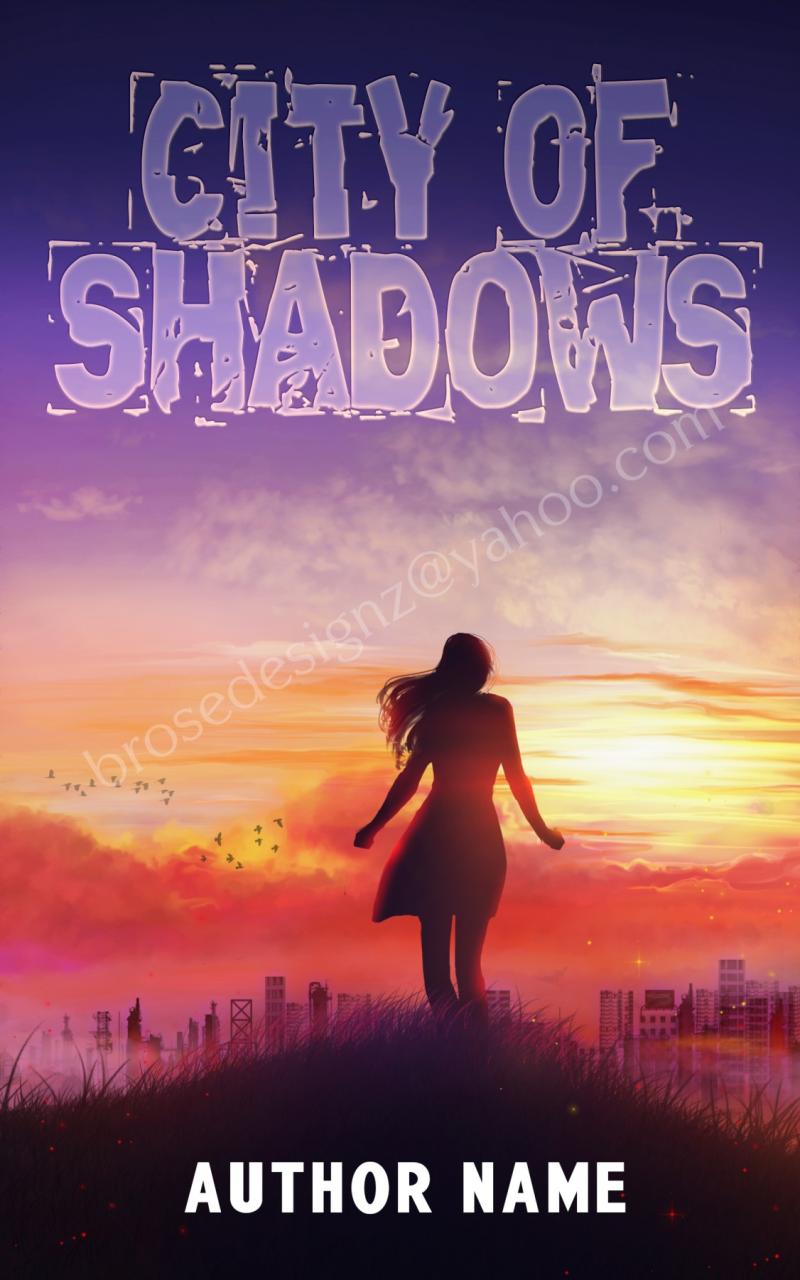
City of Shadows: The Chronicles of Noir in English
Noir fiction, with its brooding atmosphere, cynical characters, and gritty urban settings, has captivated readers for decades. Emerging in the United States during the early 20th century, noir has since spread its influence across the globe, including to the realm of English-language literature.
Origins and Evolution
The roots of noir fiction can be traced back to the hardboiled detective stories that flourished in the 1920s and 1930s, notably the works of Dashiell Hammett and Raymond Chandler. These stories featured tough-as-nails private investigators navigating a corrupt underworld of crime and vice.
After World War II, noir fiction evolved into a more introspective and psychological genre. Writers such as Jim Thompson and Patricia Highsmith explored the dark recesses of the human mind, delving into themes of alienation, existentialism, and the pervasiveness of evil.
The English Noir
In the postwar years, British authors began to embrace noir aesthetics and themes. The works of Graham Greene, Agatha Christie, and P.D. James all exhibited elements of noir, though they often blended the genre with other traditions such as mystery and suspense.
Later, authors like Ian Rankin, Val McDermid, and Mark Billingham emerged as leading figures in the contemporary English noir scene. Their novels often explore the social and economic problems of modern Britain, such as poverty, drug addiction, and organized crime.
Themes and Characteristics
English noir fiction shares many of the defining characteristics of its American counterpart. Prominent themes include:
- Moral ambiguity: Characters often grapple with complex ethical dilemmas, and the line between good and evil can be blurred.
- Existential angst: Noir protagonists often feel isolated and purposeless, searching for meaning in a seemingly indifferent or hostile world.
- Urban decay: Noir settings often depict dilapidated cities and seedy underworlds, reflecting the psychological and moral decay of society.
- Hardboiled dialogue: Characters speak in a terse and cynical manner, often using slang and colloquialisms.
Influences and Legacy
English noir fiction has been influenced by a wide range of sources, including American noir, the British crime novel, and European existentialism. In turn, it has had a significant impact on contemporary crime writing and popular culture.
Today, English noir continues to thrive, with numerous authors exploring the genre’s enduring themes and aesthetics. The works of these writers have helped to establish noir as a vital and multifaceted part of the English literary landscape.
Notable Authors and Works
Some of the most renowned English noir authors and their notable works include:
- Graham Greene: "Brighton Rock" (1938), "The Third Man" (1949)
- Agatha Christie: "The Murder of Roger Ackroyd" (1926), "Death on the Nile" (1937)
- P.D. James: "Cover Her Face" (1962), "Innocent Blood" (1980)
- Ian Rankin: "Knots and Crosses" (1992), "Dead Souls" (2004)
- Val McDermid: "The Wire in the Blood" series (1995-present)
- Mark Billingham: "Sleepyhead" (2001), "In the Dark" (2018)
Conclusion
City of Shadows: The Chronicles of Noir in English is a testament to the enduring appeal of the noir genre. With its atmospheric settings, complex characters, and probing exploration of human darkness, English noir has emerged as a significant and influential force in contemporary literature. From the hardboiled detectives of the early 20th century to the introspective antiheroes of today, the genre continues to captivate readers with its gritty realism and unflinching look at the human condition.